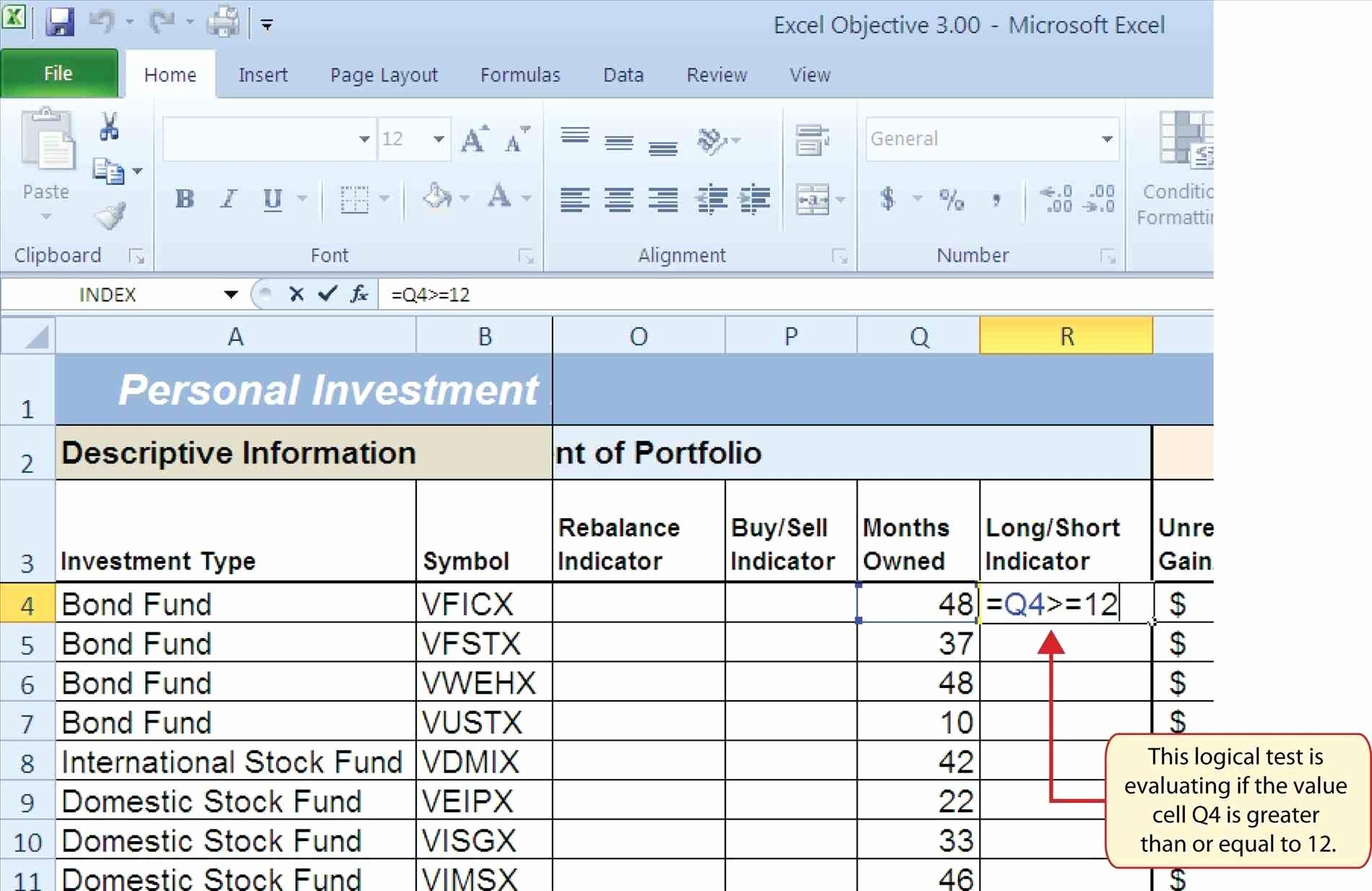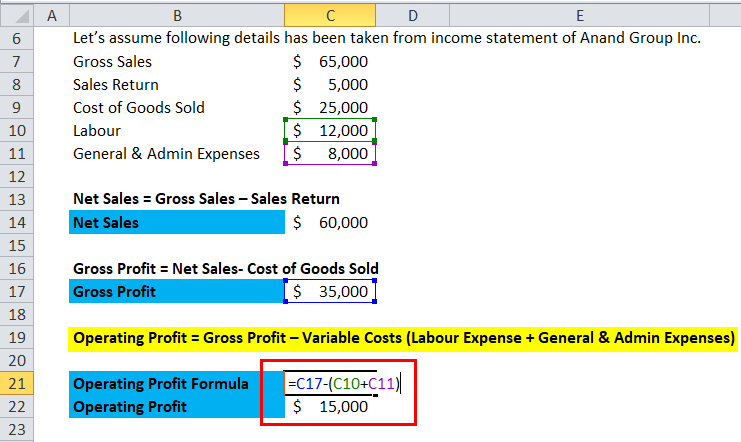
The gross margin portrays the percentage of revenue remaining after COGS are deducted. While a company’s margins divide a specific profit metric by revenue, a markup reflects how much more the selling price is than the cost of production.įor instance, the gross profit margin divides a company’s gross profit by revenue, which equals revenue less the cost of goods sold (COGS). The higher the mark-up, the higher the margin profile of the company – all else being equal. The mark-up and profit margins of a particular company are closely tied concepts.

Since all companies seek to improve their operating efficiency and profit margins over time, management must set prices accordingly to ensure they are on track to become more profitable. Markup Percentage = Markup Price / Average Unit Cost.the markup price) divided by the unit cost. The markup percentage is the excess ASP per unit (i.e. In order to make the markup price metric more practical, the markup can be divided by the unit cost to arrive at the markup percentage. Markup = Average Selling Price Per Unit – Average Unit Cost.The formula for calculating the markup price is as follows. Subtracting the Average Unit Cost from the ASP.Estimating the Average Selling Price (ASP).

sum of all production costs divided by the number of units sold).Ĭalculating the markup is a rather straightforward process, as it simply involves:

the cost of production on a per-unit basis. A Markup refers to the difference between a product’s average selling price (ASP) and the corresponding unit cost, i.e.


 0 kommentar(er)
0 kommentar(er)
